A lot of Korean food is fusion food. And we’re not just talking about hip new pizza joints, microbreweries, burger shops, Mexican restaurants, or churro stands. Although all of the above have entered, and are permeating Korean taste buds as we write.
What we’ll cover in this post are foods that have entered, and are being mixed into Korean food in surprising ways.
Cheese
If we’re talking about Korean food trends, cheese can’t be left off the list.
Cheese, for the past two decades, has been making a slow creep into everything from traditional fish and rice cakes to kimchi fried rice and fried chicken.
It’s on everything, like braised chicken:
On traditional spicy rice cakes (ddeokbokki):
 Source: https://blog.naver.com/yomisarang/220474703469
Source: https://blog.naver.com/yomisarang/220474703469
Western foods too, like pork ribs:
 Source: blog.daum.net/entjsdo/934
Source: blog.daum.net/entjsdo/934
When we say everything, we mean everything. On pork tripe:
 Source: https://blog.naver.com/loveme1695/220778065958
Source: https://blog.naver.com/loveme1695/220778065958
Whether cheese needs to be on instant noodles as well, is up to you, but what’s undeniable is that cheese has literally become one of the main sauces/garnishes/seasonings on everything from fried rice, inside fish cakes, to meats, and everything in between.
 Source: Samyang Foods
Source: Samyang Foods
Stay tuned for more on this later.
Sweet Potato
Now, sweet potatoes in Korea have traditionally been a popular winter treat, so it’s no surprise that this has made the jump into modern variations.
Oven-roasted, dried sweet potatoes are a very popular year-round chewy snack.
Sweet potato lattes(!) are also popular. These are exactly what they sound like, a warm winter beverage made with hot milk and served as a frothy, thick concoction. Like a warm shake, although that’s maybe not a good image – although you’ll thank us for this tip during Korea’s cold Siberian winters.
Or what about sweet potato pizza?
 Source: http://www.59pizza.co.kr
Source: http://www.59pizza.co.kr
Sweet potato soy milk with pumpkin and banana…
Sweet potato spaghetti…topped with, you guessed it, cheese.
 Source: http://www.hbpizza.co.kr/
Source: http://www.hbpizza.co.kr/
Now, what could this be? From the picture, you’ll be able to make out the fact this is tonkatsu, which happens to be one of the most popular Japanese foods in Korea. But if you look closely, you’ll notice the katsu is too yellow to be normal pork.
Wait. Could it be? Sweet potatoes? And filled with cheese?
 Source: www.dafoodmall.com
Source: www.dafoodmall.com
Yes. Yes.
Bul-dak
Let’s move on. This one might be cheating, since Korean food is already identified with spicy red pepper. The translation for bul-dak is literally ‘fire chicken’, and refers to the ultra-spicy way in which the chicken is prepared.
If you’ve frequented certain corners of the internet, you might know the below ‘Bul-dak fried noodles’ from its central role in food challenges. Google ‘fire chicken challenge‘ and you’ll see what we mean.
 Source: Samyang Foods
Source: Samyang Foods
We’re including this here because the ‘bul’ (meaning fire) trademark has spread beyond just chicken and is now a fixture in noodles and all other types of food as well.
Now, most Korean dishes are already spicy. Literally, you can sit in a Korean restaurant and every single side dish that comes out will be spicy – spicy kimchi, spicy pickles, onions pickled with jalapenos, spicy greens. For example, check out the typical table setting below.
Do you see the two varieties of spicy kimchi, south of the lettuce tossed in red pepper marinade, next to the broccoli served with red pepper paste, cross-ways from the spicy greens, which is itself below another spicy fish cake/onion toss? The only thing that’ll save you at this meal is shoveling down some white rice and if you’ve brought some milk with you.
 Source: https://blog.naver.com/dhtoadl0070/221245138407
Source: https://blog.naver.com/dhtoadl0070/221245138407
But, the ‘bul’ trademark takes it to a new level.
When you order a dish that has ‘bul’ in it, it means you need to be prepared for a level of tongue-scorching, intestinal incineration that is beyond normal spicy.
Like this ‘bul’ kimchi soup, which is basically taking something already fiery, like spicy kimchi soup, and doubling down on the capsaicin.
Or canned ‘fire’ sea snails.
 Source: Dongwon Foods
Source: Dongwon Foods
Or ‘fire’ tripe.
‘Fire chicken’ sauce for all our tongue-incinerating needs.
This is Korean fried chicken made with ‘bul’ sauce. If you’re wondering what the numbers stand for, 119 is the number to call for emergencies – analogous to the emergency number in North America, in reverse – which is exactly what you might think of doing after brushing these against your lips.
 Source: Tiba Chicken
Source: Tiba Chicken
Legend has it that this trend originated almost two decades ago, when Koreans were stressed from the aftermath of the Asian Financial Crisis and sought escape by setting their tongues on fire.
The ‘fire’ aspect was marketed as a way to purge your system, as well as induce sweating – and thus weight loss. And whether or not this is all true, the campaign seems to have been rather successful.
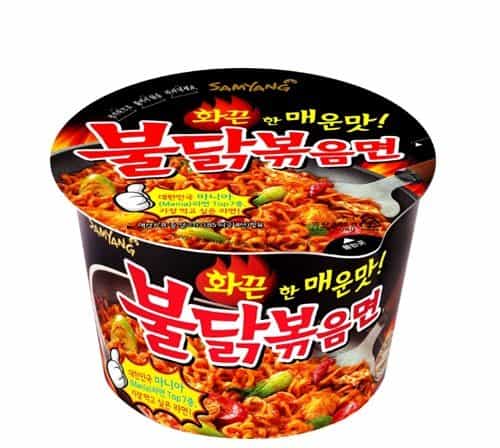
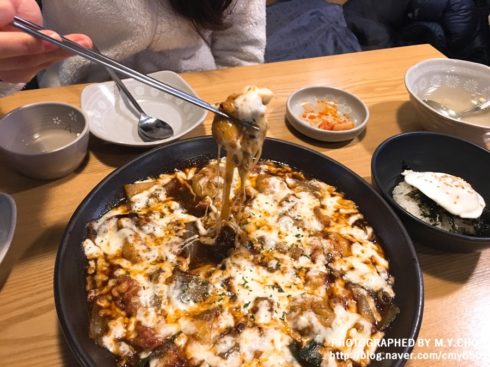
 Source: https://blog.naver.com/yomisarang/220474703469
Source: https://blog.naver.com/yomisarang/220474703469 Source: blog.daum.net/entjsdo/934
Source: blog.daum.net/entjsdo/934 Source: https://blog.naver.com/loveme1695/220778065958
Source: https://blog.naver.com/loveme1695/220778065958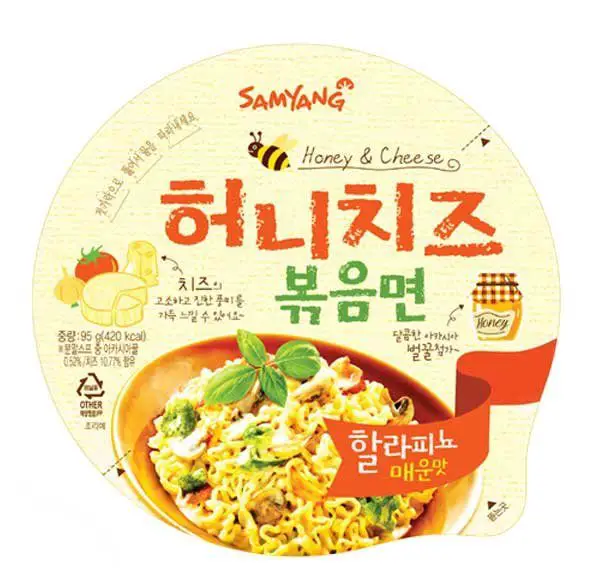 Source: Samyang Foods
Source: Samyang Foods

 Source: http://www.59pizza.co.kr
Source: http://www.59pizza.co.kr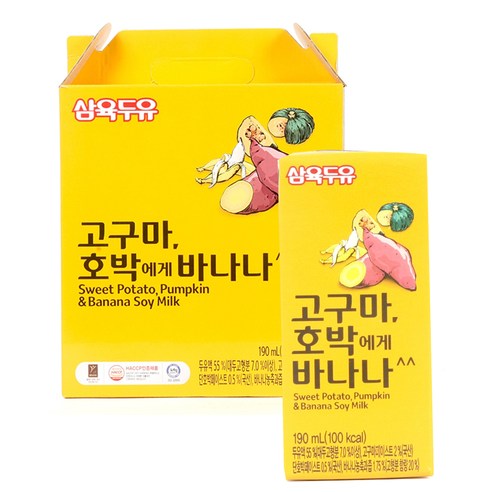
 Source: http://www.hbpizza.co.kr/
Source: http://www.hbpizza.co.kr/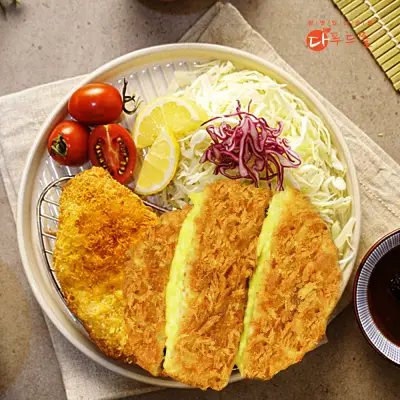 Source: www.dafoodmall.com
Source: www.dafoodmall.com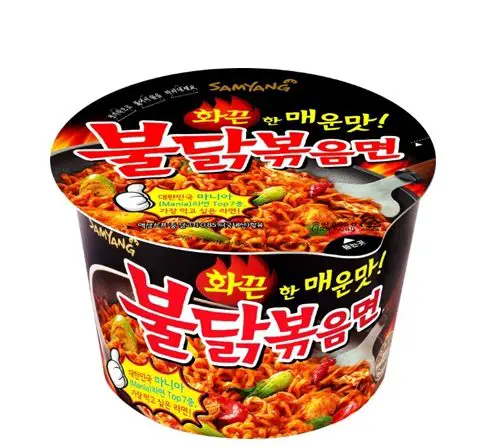 Source: Samyang Foods
Source: Samyang Foods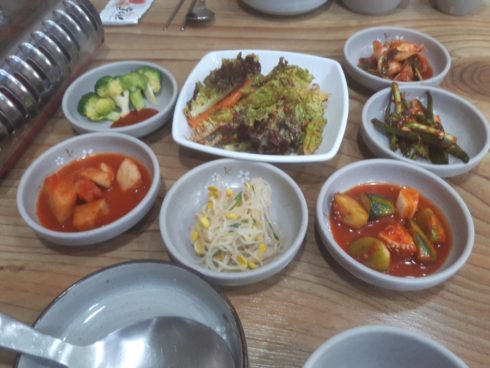 Source: https://blog.naver.com/dhtoadl0070/221245138407
Source: https://blog.naver.com/dhtoadl0070/221245138407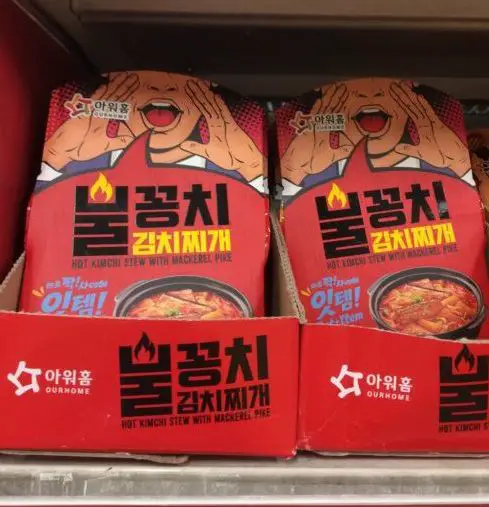
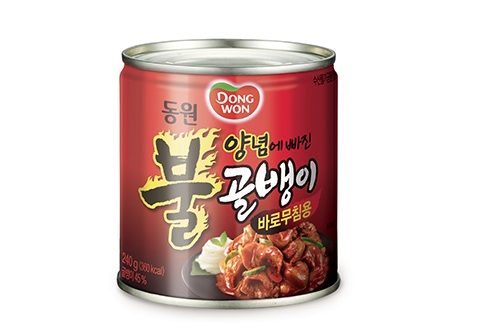 Source: Dongwon Foods
Source: Dongwon Foods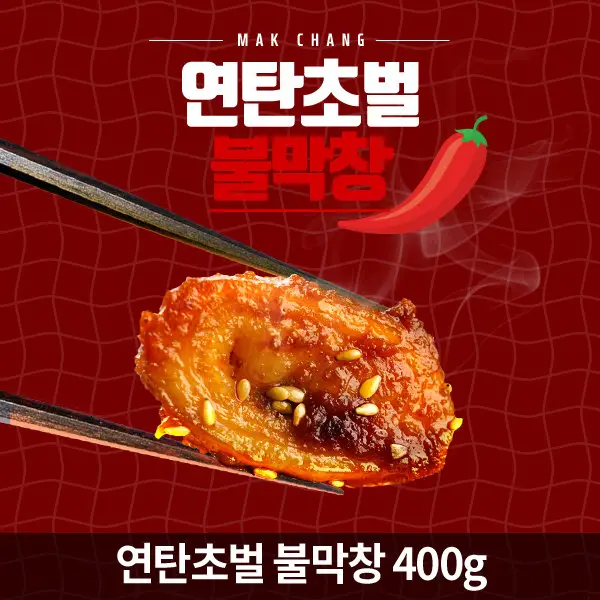
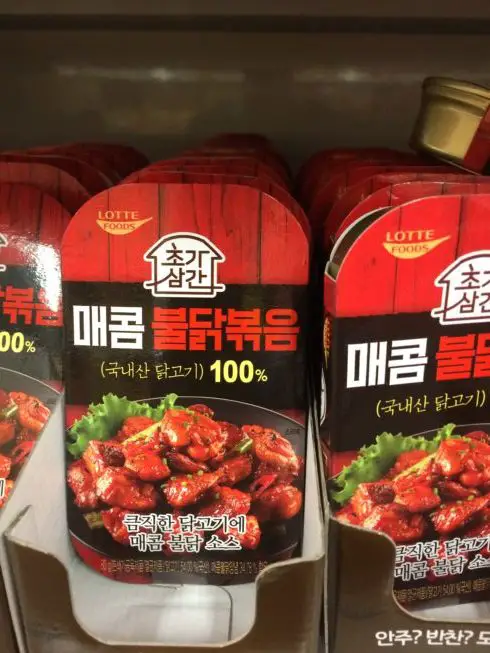
 Source: Tiba Chicken
Source: Tiba Chicken